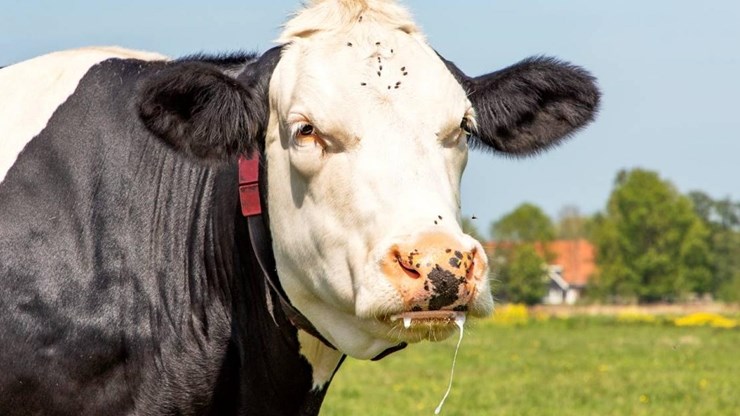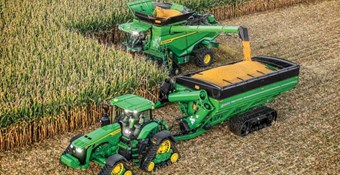Agri Hour
#WordRabiesDay: Symptoms farmers should be on the lookout for in farm animals─── ELSABÉ RICHARD 05:30 Tue, 28 Sep 2021

Today marks World Rabies Day.
this day is celebrated each year on 28 September aiming to educate the public of the dangers of rabies and how it can be prevented.
In anticipation of this day, the Department of Agriculture, Land Reform and Rural Development in collaboration with other stakeholders, held a webinar discussing rabies, highlighting the signs and symptoms in pets as well as farm animals and wildlife.
See webinar and PODCAST below
During the webinar, Dr Didi Claassen, Executive Manager: Technical and Marketing Support at Afrivet, explained that any animal is susceptible to rabies and most animals die within ten days of showing symptoms of the disease.
However, vaccinating animals against rabies is the best preventative measure.
READ: #WorldRabiesDay: Rabies - deadly but preventable
Rabies symptoms in cattle
The symptoms that cattle showcase is similar to that of dogs. An infected cow will look like they have a bone stuck in their throat and farmers would naturally try to remove ‘the bone’ from the animals’ throat.
Claassen warns that farmers should be careful because they too can become infected if the animals’ saliva makes contact with a small cut or open wound on their hands or arms.
Other symptoms are that cattle can also become paralysed and aggressive. Another indicator is that they start to eat cement or bones, or any other object laying around.
Sheep and goats
Sheep and goats showcase very similar symptoms to cattle, except they tend to exhibit hypersexual behaviour and they grind their teeth, says Claassen.
Horses
Symptoms in horses tend include aggressiveness and threshing as well as they appear to have a bone stuck in their throat.
“What is interesting about [horses] is that where the [infected] animal bit them, they usually bite or scratch towards that side,” Claassen further explains.
With that being said, Claassen urges farmers to contact their state veterinarian if their animals show any of the mentioned symptoms.
Watch the video for more:
OFM News













